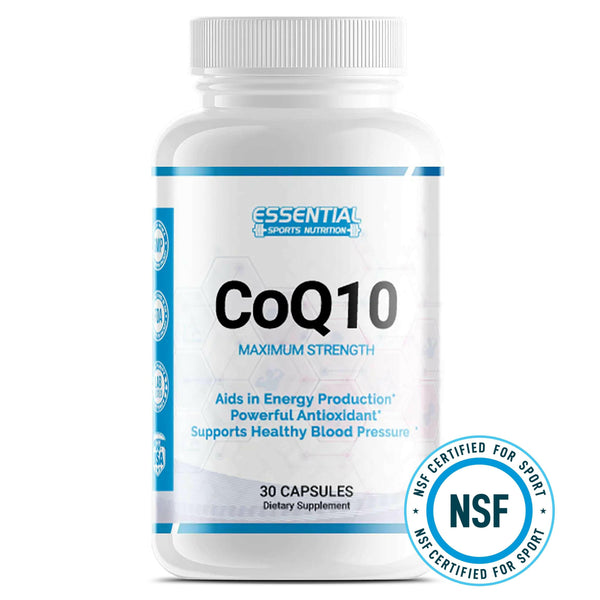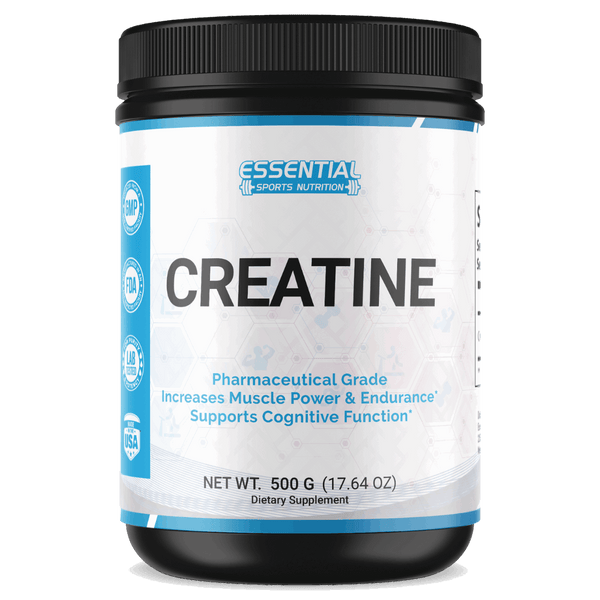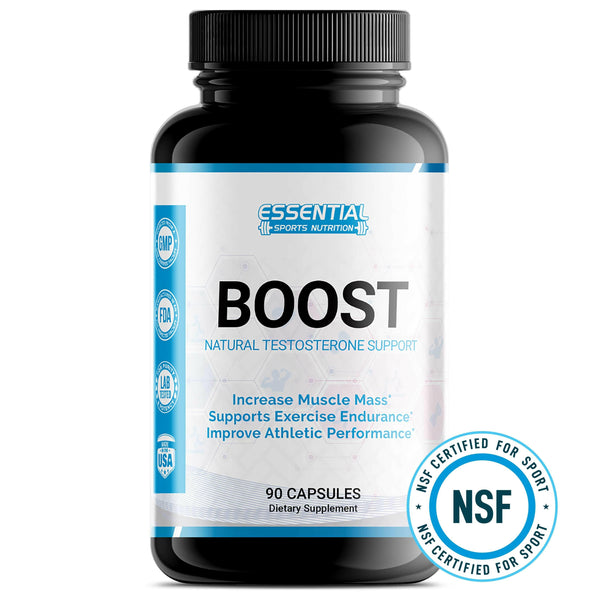The Power of Steady State Cardio
You've probably been told that steady state cardio is about as exciting as watching paint dry, but let's not dismiss those longer, even-paced workouts just yet. They've been the backbone of many fitness programs for good reason. As you lace up your sneakers and prepare for a jog that doesn't leave you gasping for air, consider the subtle art of consistency in your exercise routine.
The benefits of steady state cardio are more than just anecdotal; they are well-documented and scientifically backed. It's not just a matter of burning calories; it's about building a more resilient cardiovascular system and finding a sustainable way to improve your overall health.
Now, while you might not be on the edge of your seat, you should know that there's a twist in the tale of steady state cardio that could change the way you think about your workouts.
Understanding Steady State Cardio
Steady state cardio, a consistent, moderate-intensity exercise, is a cornerstone workout strategy that effectively enhances cardiovascular endurance and aids in weight management. This form of cardio workout maintains your heart rate at a moderate level, typically 50-70% of your maximum heart rate, for a sustained period. By engaging in moderate intensity continuous training, you're not only burning calories but also improving your heart health.
To incorporate steady state cardio into your routine, you can choose from a variety of activities like treadmill jogging, biking, or using an elliptical machine. Starting with sessions as short as 15 minutes and gradually increasing to 20-30 minutes ensures a progressive build-up of endurance. It's crucial to monitor your rate of perceived exertion—this subjective measure helps you determine if you're pushing yourself enough to reap the benefits without overexerting.
Steady state training can be sustained for an extended duration, making it a practical and adaptable option for your fitness regimen. As you consistently include steady state cardio workouts, you'll notice an improvement in your endurance, mood, and metabolic health, affirming the value of this time-tested exercise approach.
Key Benefits of Steady-State

As you integrate moderate-intensity exercises like steady state cardio into your fitness routine, you'll begin to experience a range of key benefits that extend beyond simple calorie burning. Steady-state cardio, performed within specific heart rate zones, not only helps you lose weight by burning calories but also improves your metabolism, enhancing weight management over time.
This form of moderate-intensity cardio steadily increases your aerobic capacity, allowing for longer periods of physical activity and helping to build endurance. As you consistently engage in sessions that match your perceived exertion scale, you'll notice a sustained ability to perform activities with less fatigue.
Moreover, steady state cardio is a boon for your mental well-being. It's been shown to uplift mood and contribute to a more positive mindset, which can be as invaluable as the physical benefits. Additionally, this kind of exercise targets your slow-twitch muscle fibers, which are critical for extended periods of movement and play a significant role in active recovery.
Research, including studies like those published in Applied Physiology, Nutrition, and Metabolism, supports the efficacy of steady-state cardio in defending against insulin resistance, aiding in the management of blood sugar levels, and promoting overall health.
Ideal Cardio Routines

To optimize your cardiovascular health, begin by incorporating 15 minutes of steady-state cardio into your exercise regimen and gradually increase the duration to 20-30 minutes, targeting your ideal heart rate zone. Your training plan should include a variety of activities that engage your slow-twitch muscle fibers and improve endurance. Brisk walking, a leisurely bike ride, or swimming are excellent choices for steady-state training.
Aim to perform these activities at least three times per week, ensuring consistency and progress. Remember, the key is to maintain a pace that is challenging yet sustainable over the duration of your exercise routine. Here's a table to help you visualize an ideal weekly cardio routine:
| Day | Activity | Duration |
|---|---|---|
| Monday | Brisk Walking | 30 mins |
| Wednesday | Bike Ride | 30 mins |
| Friday | Swimming | 30 mins |
As you adapt to your routine, track your heart rate to ensure you're within your target zone, maximizing the benefits of steady-state cardio. Adjust the intensity and duration as needed to keep challenging your body and refining your ideal cardio routines. Your dedication to steady-state cardio will forge a path to a stronger, healthier heart.
Crafting Your Cardio Plan

Having established an ideal weekly cardio routine, it's now crucial to tailor your own cardio plan to meet your specific fitness goals and needs. Start by identifying whether you're aiming for weight loss, endurance enhancement, or simply to elevate your mood. Your plan should reflect these aspirations by selecting the right steady-state cardio activities.
As you're crafting your cardio plan, consider the following:
-
Begin with manageable sessions that match your current fitness level, and gradually increase the duration and exercise intensity to ensure consistent progress without risking injury.
-
Monitor your heart rate during workouts to stay within your target zone, using tools like heart rate monitors or smartwatches for accurate tracking.
-
Balance steady-state cardio with other forms of training, such as resistance training and flexibility exercises, to support overall fitness and prevent plateaus.
Consulting a certified personal trainer can help you navigate the specifics of your plan, ensuring it's effective and sustainable. For endurance athletes, incorporating steady-state cardio three times a week could be a starting point, adjusting frequency and intensity as your body adapts. Remember, the key is to keep your workouts varied and aligned with your evolving fitness level for optimal results.
Pacing for Optimal Performance
Finding your ideal pace is critical for maximizing workout efficiency while ensuring you can maintain intensity over the duration of your steady-state cardio session. It's essential to strike a balance between pushing yourself and not overwhelming your body to sustain cardiac output and meet increasing oxygen demands effectively.
To guide your training, use the "talk test": you should be able to maintain a conversation during your exercise. This ensures you're working at a steady, sustainable intensity. Additionally, monitor your heart rate. Aim to stay within 55-90% of your maximum heart rate, a range that is conducive to improving endurance and cardiovascular health based on your fitness level.
As you progress, gradually increase your pace. This incremental adjustment helps your body adapt and continue to challenge your heart rate and endurance over time. Listen to your body and be prepared to modify your pace based on how you're feeling during your workout.
Below is a table that outlines suggested pacing strategies:
| Training Phase | Heart Rate Zone | Pacing Strategy |
|---|---|---|
| Beginner | 55-65% | Comfortable, able to talk |
| Intermediate | 65-75% | Challenged, but sustainable |
| Advanced | 75-85% | Intense, short of breath |
| Elite | 85-90% | Near limit, sustainable for short intervals |
Steady State Cardio Workouts FAQs:
Q: What is steady-state cardio?
A: Steady-state cardio refers to a form of aerobic exercise where you maintain a constant moderate level of intensity for an extended period of time, typically 30 minutes or more.
Q: How does steady-state cardio differ from high-intensity interval training (HIIT)?
A: Steady-state cardio involves exercising at a consistent, moderate intensity for a prolonged duration, while HIIT alternates between short bursts of intense exercise and periods of lower-intensity recovery.
Q: What are the benefits of steady-state cardio?
A: Steady-state cardio can improve cardiovascular endurance, aid in weight loss, enhance overall fitness levels, reduce stress, and boost mental well-being.
Q: What is the recommended duration for a steady-state cardio workout?
A: A typical recommendation for steady-state cardio is to engage in it for at least 30 minutes to an hour, depending on individual fitness levels and goals.
Q: How does steady-state cardio training affect the heart rate?
A: Steady-state cardio helps to keep the heart rate elevated at a consistent level, promoting cardiovascular fitness and endurance.
Q: What are some examples of steady-state cardio workouts?
A: Examples of steady-state cardio workouts include brisk walking, jogging, swimming, cycling, and using cardio machines like treadmills or ellipticals.
Q: Is steady-state cardio training more effective for endurance compared to high-intensity interval training?
A: Steady-state cardio is generally more effective for improving endurance, as it involves sustained, continuous exercise at a moderate intensity.
Q: How does steady-state cardio training differ from interval training?
A: Steady-state cardio involves maintaining a consistent intensity throughout the workout, while interval training alternates between periods of high-intensity effort and lower-intensity recovery.
Q: What are the key benefits of steady-state cardio over high-intensity interval training?
A: Steady-state cardio provides a lower-impact option, allows for longer workout durations, and is particularly effective for improving aerobic capacity and endurance.
Q: Can steady-state cardio be included as part of a comprehensive training program that includes strength training?
A: Yes, steady-state cardio can complement strength training by providing a focus on cardiovascular health, overall endurance, and aiding in recovery between strength training sessions.
Other Frequently Asked Questions:
Can You Lose Weight With Steady State Cardio?
Yes, you can lose weight with regular cardio exercise. By burning calories and boosting your metabolism, you'll shed pounds if you're consistent and combine it with a healthy diet. Aim to start with short sessions and gradually increase the duration to maintain a target heart rate, optimizing your workout's effectiveness. Remember, persistence is key, and incorporating different activities can keep your routine engaging and effective for weight loss.
What Are Some Steady State Cardio Exercises?
You've got options like brisk walking, jogging, cycling, hiking, and dancing to consider when choosing a cardio workout. These activities are great for maintaining a consistent pace and improving your heart's health. Aim for an exertion level that feels moderate – not too easy, but not too hard. Mixing it up can keep things interesting and help you stay committed to your fitness routine.
Does Walking Count as Steady State Cardio?
Certainly, your regular walks are like a gentle river, steadfast and nurturing for your body. They do count as a form of cardio. By maintaining a consistent pace, you're engaging in an exercise that enhances heart health and burns calories. It's a simple, yet effective, way to bolster your fitness, especially if you're starting out or prefer a low-impact activity. Remember to keep your intensity moderate and your sessions continuous to reap the benefits.
How Often Should I Do Steady State Cardio?
You should aim for cardio sessions 3-5 times a week to see improvements. Start with 15-minute workouts and work up to 20-30 minutes, focusing on specific heart rate zones. It's crucial to find a balance between intensity and endurance. Challenge yourself to up the intensity and calorie burn while keeping a consistent pace. Mix in various exercises like walking, jogging, cycling, swimming, and rowing to keep your routine diverse and engaging.
Benefits of Steady State Cardio
You've learned how steady state cardio can elevate your fitness, with benefits like a stronger heart and better endurance. Surprisingly, a study found that just 30 minutes of daily walking can reduce heart disease risk by 19%. As you craft your plan, remember to balance intensity and enjoyment for lasting results. Stay informed, keep it precise, and watch as your dedication to steady state cardio transforms your health and well-being. Keep moving forward!























